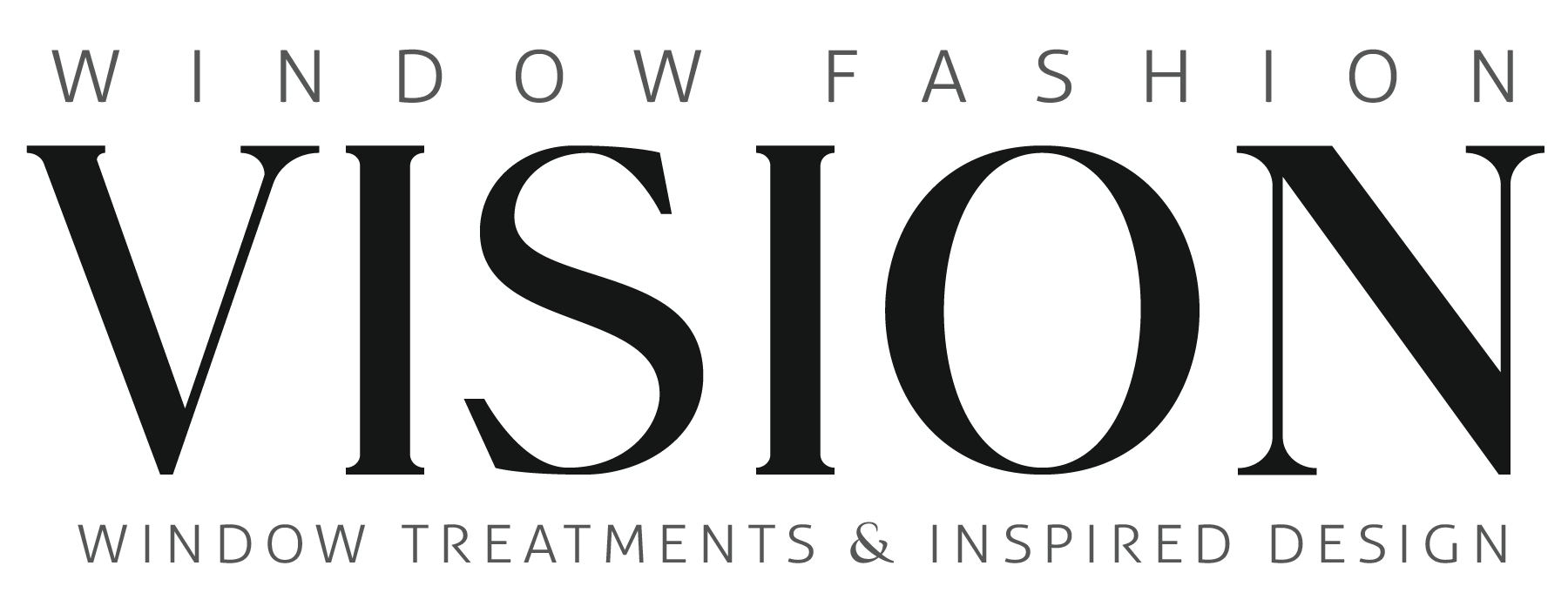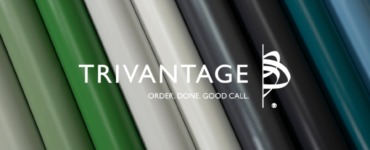Submitted by the Window Covering Manufacturers Association (WCMA)
Health Canada, the Canadian counterpart to the U.S. Consumer Product Safety Commission, published a new regulation for all corded window coverings on April 15, 2019. The new regulation, SOR/2019-97, will not come into force until April 15, 2021.
In summary, the new regulation contains several requirements. Any reachable cord cannot exceed 22 centimeters in length (8.6 inches) when pulled in any direction with a force of 35 Newton (7.9 pounds). The perimeter of any looped cord cannot exceed 44 centimeters (which would equal 22 centimeters in overall length).
External components cannot contain more than 90 PPM (parts per million) of lead. The current ANSI/WCMA standard lead requirement is 100 PPM.
The following information must appear on every corded window covering, as well as on any packaging displayed to the consumer:
**Model name or number, date of manufacture, name and principal place of business of the manufacturer or the person for whom the window covering was made.
**In the case of imported products, the name and principal place of business of the manufacturer and the importer must also be included.
**Product warnings in English and French must appear on every corded window covering, the packaging of the corded window covering, any accompanying instructions and all of the advertisements for the corded window covering. The warning must state the following: “STRANGULATION HAZARD — Young children can be strangled by cords. Immediately remove this product if a cord longer that 22 cm or a loop exceeding 44 cm around becomes accessible.”
Unfortunately, some of the language in the new regulation is ambiguous and lacks the clarity needed for product testing protocol and procedures. Regrettably, this new regulation is no longer harmonized with the ANSI/WCMA standard that is currently en forced in the U.S., creating a significant challenge for the window covering manufacturers that service the two jurisdictions. WCMA has been and will continue to be in contact with Health Canada to provide the U.S. and Canadian industries’ input and gain greater clarity from Health Canada officials as to the scope and specifics of new regulation.






